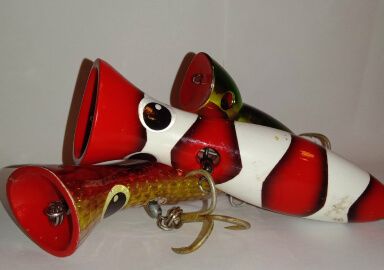Barramundi
Not only in Australian rivers: Barramundi is a large, powerful fish found in both freshwater and inshore areas of the central Indo-Pacific region.
View 2 listings
2
listings
–
price starting from
1
countries
–
to the nearest trip
Where and When?
Barramundi are found in coastal and freshwater areas over a large area stretching from the Middle East throughout south Asia and round to southern Japan. Their range extends down to the northern areas of Australia, but have recently been introduced for aquaculture and sport fishing to many other warmer parts of the world. There is even a location in Florida, USA, where they can be caught.
Stereotypically perceived as Australian freshwater fish, the barramundi do ascend rivers, however, in much of their range they are a coastal species, and found in inshore marine areas, estuaries and lagoons. Barramundi can be found in both clear and turbid waters, but typically spend most of the time near the bottom, waiting in ambush for their prey. They probably feed mostly during the night, and sport fishing is easiest and most productive very early in the morning or just after sunset.
The “wet season”, when the fish are feeding intensely and moving towards the spawning area, is best for fishing in and around Australia. It lasts usually from November to mid-May.
About Barramundi
Barramundi (Lates calcarifer), also called Asian sea bass and giant sea perch, is a robust, heavy-set, elongate fish with a large mouth at the front of the head. Its Aboriginal name means “large-scaled river fish”, as they used to find it mostly in freshwater, and it was an important food source to them. Nowadays the barramundi is a prime target for sport anglers, mostly in Australia.
Barramundi can grow to 1.8 m. (5.7 ft.) with a mass of up to 60 kg. (130 lbs.) but most “good” fish caught now are in the size range 0.6-1.2 m (2-3.9 ft.) with masses of 7-13 kg. (15-29 lbs.). They adapted to live in waters with a wide range of salinity, however, they are “stenothermal”, which means they are limited to warmer waters.
When young, the barramundi feed on invertebrates, but they quickly begin to focus on small fish, which remains their major food source, although they eat almost anything including even small crocodiles. They do not migrate but have an annual spawning run to estuaries or coastal waters where they lay their eggs. The barramundi are believed to be “sequential hermaphrodites”, that is, most fish start their lives as males and then develop into females with age.



